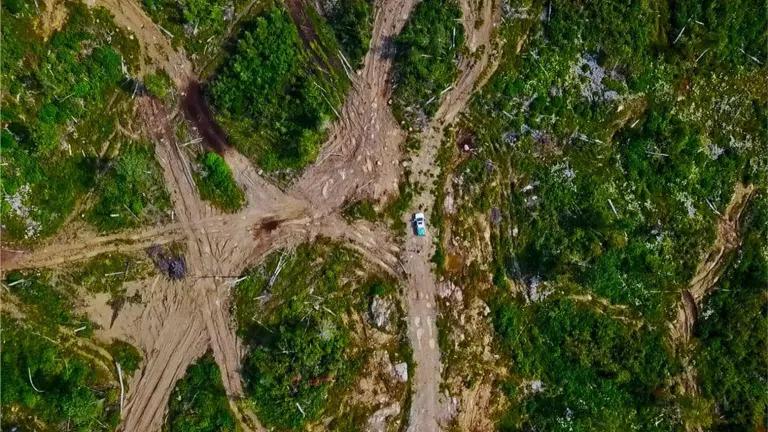Last week in Canada the first carbon capture and storage (CCS) project for tar sands oil upgrading was announced. NRDC supports the use of CCS technology as one of many tools to reduce greenhouse gas emissions for existing operations. Unfortunately, rather than proposing the so-called “Quest” facility as a means of cleaning up existing tar sands operations, the sponsors used the project as greenwash for a dramatic expansion of tar sands production. Alberta’s Energy Minister, whose province is the primary financial backer of the CCS project, introduced it by noting that it was intended to maintain the ‘social license’ of tar sands production. While Shell announced that the facility would reduce the carbon emissions of its upgrader about a third, upgrading only accounts for 4% of the carbon emissions of tar sands. While Quest may be a step forward for CCS, it doesn’t scratch the surface of the current emissions from the tar sands, much less justify Alberta’s plans to expand production.
Let’s do the math.
At a cost of $1.36 billion, the Quest CCS project will store up to 1.2 million metric tons of CO2 a year. Meanwhile, according to the EPA the Keystone XL tar sands pipeline would increase U.S. well to wheel CO2 emissions by up to 27 million tons a year. And let’s be clear, this estimate is how much more CO2 830,000 bpd of tar sands on Keystone XL would produce than same amount of conventional crude.
Compounding those numbers, a recent study in the Proceedings of the National Academy of Sciences found that the landscape changes caused by currently approved mines will reduce terrestrial carbon sequestration potential by between 5.7 and 7.2 million metric tons a year (after releasing an initial slug of between 11 million to 47.3 million metric tons of CO2 from peatlands into the atmosphere).
In fact, Shell’s proposal to expand its Jackpine tar sands mine would wipe out all of the carbon savings from its Quest facility. The Jackpine mine expansion would also dramatically increase levels of sulfur dioxide and nitrogen oxide pollution while contaminating over 100 billion gallons of water. And that’s just one project. Shell recently warned provincial regulators that simply building the tar sands projects they have already approved threaten to wipe out caribou, acidify nearly two dozen lakes and produce air emissions higher than those currently permitted by the government of Alberta.
The problem of scale becomes apparent. Between 2010 and 2020, emissions from tar sands production in Albert will grow by 56 million metric tons per year. That means that the province would need the equivalent of nearly 47 Quest CCS projects in the tar sands simply to keep its emissions constant relative to planned growth over the next eight years.
In fact, judging the province by its own standards, Alberta continues to fall far behind its own climate commitments. According to Alberta’s climate plan, released in 2008 to preempt federal greenhouse gas regulations, the province plans to meet its climate goals by creating sufficient CCS capacity to store 35 million metric tons of CO2 per year by 2020 and 139 million metric tons per year by 2050. Alberta would need thirty facilities on the scale of Quest by 2020 to stay on track – and so far, Quest is the first and only CCS facility on Alberta with concrete plans to move forward.
Again, it’s telling that this project is not part of an industry plan intended to address the climate change impacts of tar sands. It is a standalone project primarily funded by the province of Alberta as a means of ensuring social license for its plans to double tar sands production by 2025.
"We need to ensure that we maintain our social license to operate in this province. And I would say that today that this announcement speaks directly to that objective." Ken Hughes, Alberta Energy Minister, September 5, 2012
Simply stated, while the Quest facility is a step forward in the development of CCS technology, it does not deliver the silver bullet the Alberta has relied on to justify its development of the tar sands.




